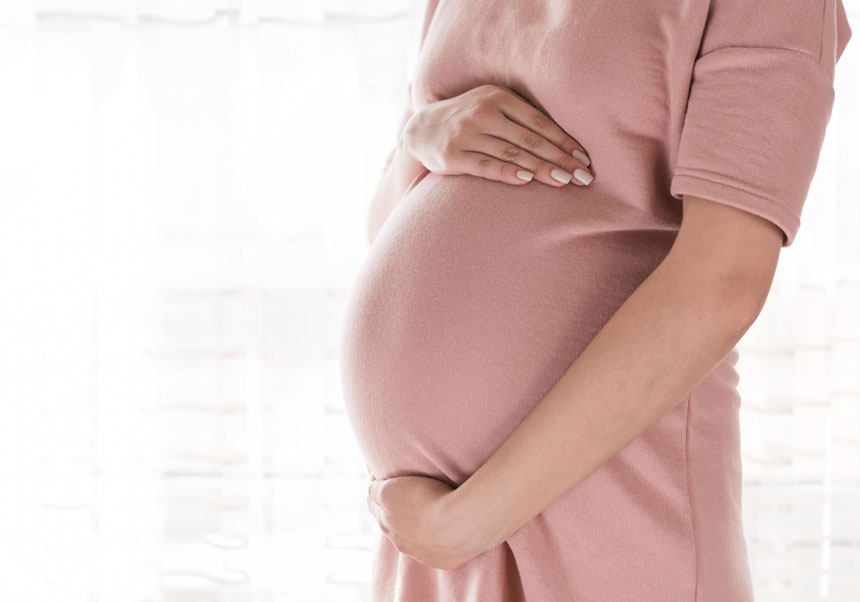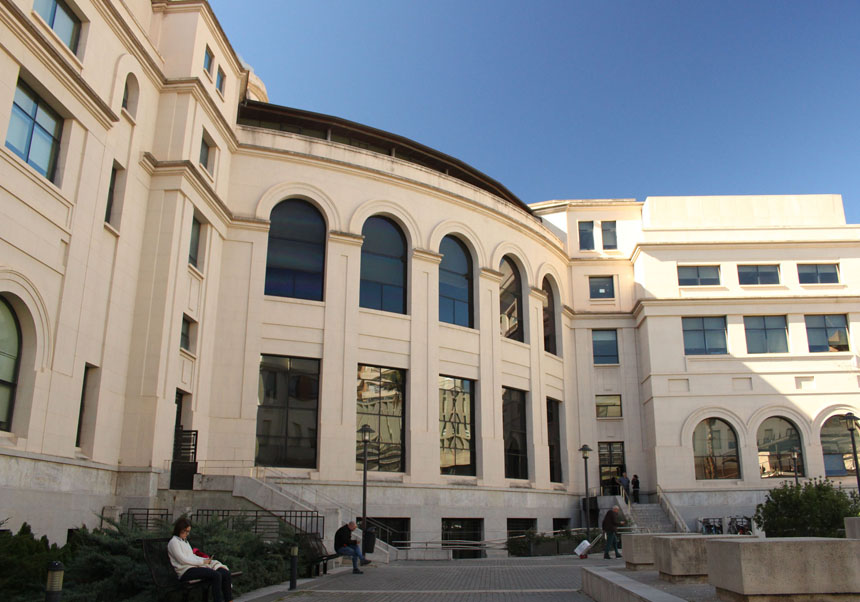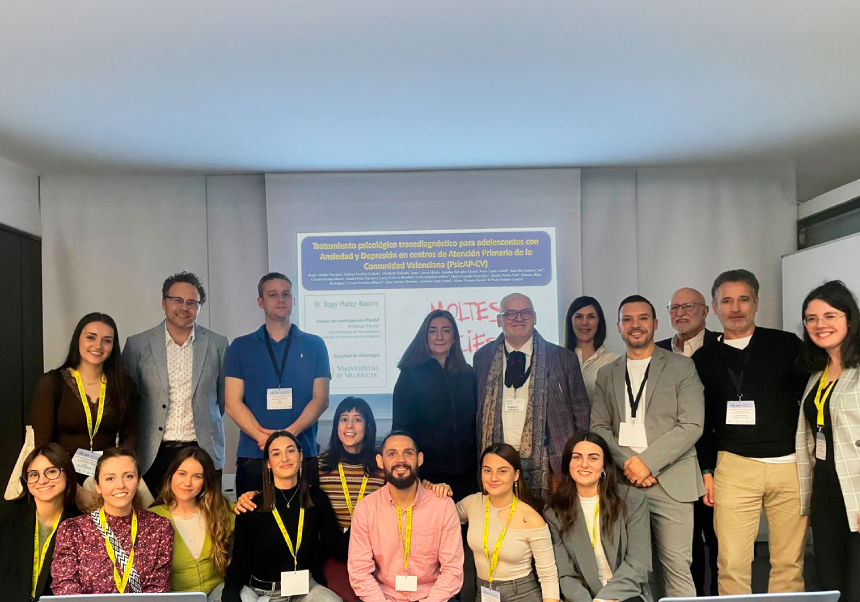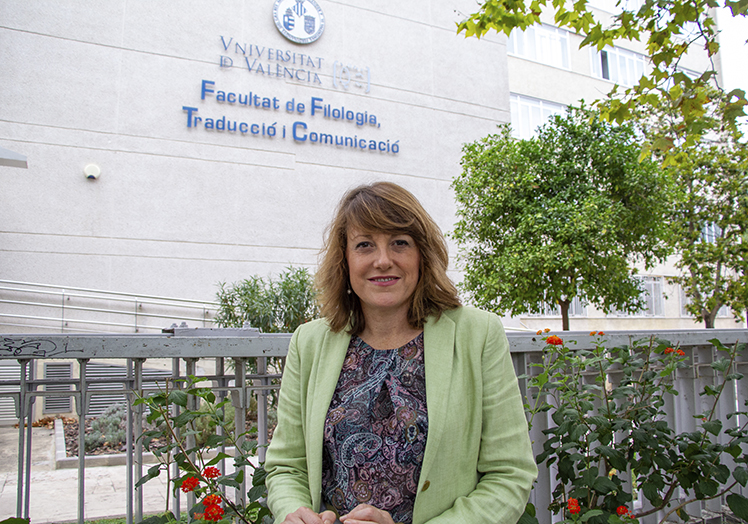Key molecular mechanisms behind uterine alterations causing preeclampsia discovered
- Scientific Culture and Innovation Unit
- January 7th, 2025

Researchers from the University of Valencia, the Carlos Simón Foundation and INCLIVA have uncovered key molecular mechanisms to understand uterine alterations causing preeclampsia, a serious complication of pregnancy responsible for mortality and morbidity in mothers and newborns. Published in Nature Medicine, the study focuses on endometrial decidualisation, a critical process in preparing the maternal uterus for embryo implantation and healthy pregnancy development.
In a major advance in maternal-foetal medicine, a study led by Tamara Garrido of the Carlos Simón Foundation and the INCLIVA Research Institute, along with the University of Valencia, sheds light on the causes of preeclampsia, which affects 8% of pregnancies. This work marks a milestone in understanding a disease currently managed only through urgent delivery or caesarean section, often resulting in premature births that endanger the health of both mother and baby.
Decidualisation is crucial for preparing the uterine lining, known as the endometrium, for embryo implantation and a healthy pregnancy. In women with preeclampsia, this process is disrupted, leading to severe complications for both the mother and foetus, as well as to long-term consequences for the affected women.
The study’s findings could significantly impact not only the treatment of preeclampsia but also other gynaecological and reproductive conditions such as endometriosis, where decidualisation is similarly impaired. According to Carlos Simón, professor in the Department of Paediatrics, Obstetrics and Gynaecology at the University of Valencia, president of the Carlos Simón Foundation and coordinator of the INCLIVA Reproductive Medicine Research Group, “we found that resistance to decidualisation is not a problem that is limited to pregnancy, but that persists and disrupts uterine function long after childbirth”.
Using advanced technologies such as digital tissue analysis, single-cell sequencing and spatial biology, the multidisciplinary research team has been able to characterise the resistance to decidualisation in the uteri of patients with severe preeclampsia. This alteration, termed "decidualisation resistance," prevents optimal preparation of the endometrium for embryo implantation and placental development. It could also be a key factor in the development of preeclampsia.
The study revealed that the endometrium in women with preeclampsia exhibits abnormal glandular morphology. Irene Muñoz, a doctoral researcher and first author of the study, explains, “the analysis of individual cells showed that cells in the affected endometrium tend to proliferate instead of differentiating and specialising as they should”. Defective communication between stromal and epithelial cells was also observed, which could contribute to the development of the disease.
“We have created an interactive map of the endometrium, similar to a Google Map, where we can observe how endometrial cells interact and identify what goes wrong in women with preeclampsia”, says Tamara Garrido-Gómez.
Article: Muñoz-Blat, I., Pérez-Moraga, R., Castillo-Marco, N. et al. Multi-omics-based mapping of decidualization resistance in patients with a history of severe preeclampsia. Nat Med (2025). https://doi.org/10.1038/s41591-024-03407-7
File in: Investigació a la UV , Facultat de Medicina i Odontologia , Pediatria, Obstetrícia i Ginecologia , Internacionalització recerca , Grups de recerca , Difusió i comunicació científica , Producció científica , Recerca, innovació i transferència



















